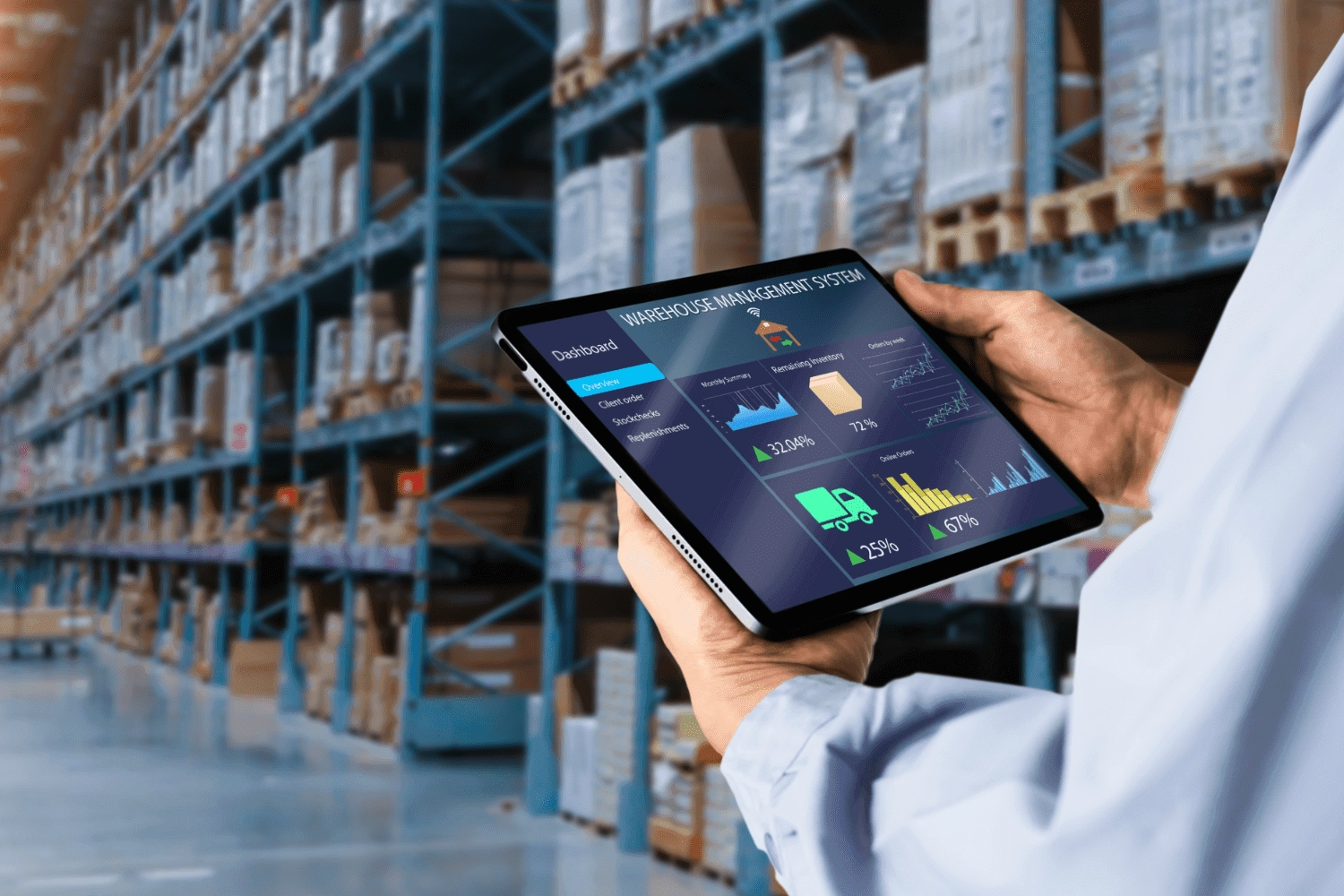In today’s world, well-chosen technology is the key to more efficient work. For small and medium-sized businesses, selecting the right computer hardware can significantly impact productivity, security, and team comfort. Apple devices have been gaining increasing popularity among business owners. In this article, we explore why investing in Apple hardware is worth considering and what benefits it can bring.
Advantages of Apple Devices Over the Competition
1. Reliability and Durability
Apple devices are known for their high-quality build and longevity. MacBooks, iMacs, iPads, and other Apple products feature solid enclosures, durable components, and meticulous attention to detail. This makes them less prone to malfunctions, translating into lower maintenance costs and a longer lifespan.
2. The Apple Ecosystem
One of Apple’s greatest advantages is its cohesive ecosystem. All devices—MacBook, iPhone, iPad, and Apple Watch—seamlessly work together, enabling smooth synchronization of data, files, and applications. Users can easily switch tasks between devices, increasing flexibility and convenience.
3. Intuitiveness and Ease of Use
Apple has always emphasized simplicity and user-friendly operation. The macOS operating system is intuitive and easy to learn, even for those who have previously used other systems. This allows employees to quickly start using new devices, minimizing the time needed for training and adaptation.
4. Security
Data security is a key aspect for any business. Apple offers advanced security features such as disk encryption, regular system updates, and built-in malware protection. Additionally, macOS is less vulnerable to viruses and cyber threats compared to competing systems.
Benefits of Apple Software
Apple provides users with a wide range of valuable software included with their devices. Some key applications include:
1. Pages, Numbers, and Keynote
These office tools serve as alternatives to Microsoft Office, offering full functionality for text editing, spreadsheets, and presentations. They are fully integrated into the Apple ecosystem, making document sharing across devices seamless.
2. iCloud
iCloud allows for secure storage and synchronization of data, documents, photos, and other files. This ensures employees have access to critical information from any location and device.
3. Mail, Calendar, and Contacts
Apple’s built-in applications for email, scheduling, and contact management provide a consistent user experience and simplify work organization.
4. iMovie and GarageBand
For businesses involved in content creation, these video and audio editing applications offer advanced features that can compete with many paid programs.
How to Plan the Transition from Windows to Apple
Switching to a new operating system and hardware may seem complex, but careful planning can make the process much smoother. Here are some steps to consider:
1. Assess Your Needs
Identify the key functions and software your company relies on. Check whether Apple’s ecosystem has equivalents or if alternatives are available.
2. Employee Training
Organize training sessions for employees to familiarize them with the new system and its features. Many online resources, such as courses, webinars, and tutorials, can be helpful.
3. Data Migration
Prepare a data migration plan. Apple provides tools like Migration Assistant, which automates many tasks related to transferring files and settings from Windows to macOS.
4. Testing Phase
Conduct a pilot project with a selected team to test the new devices and systems in practice. This helps identify and resolve potential issues before full implementation.
5. Technical Support
Ensure access to technical support during the initial migration phase. This can include both an internal IT department and external specialists.
Conclusion
Choosing Apple devices for a small or medium-sized business is an investment that can offer numerous benefits. High-quality hardware, a cohesive ecosystem, intuitive operation, and advanced security features are just a few advantages that can enhance efficiency and improve the work experience. Additionally, Apple’s bundled software and a well-planned migration from Windows make the transition smooth and hassle-free.
Not sure where to start with migrating from Windows? Want to learn how to optimize your processes with the Apple ecosystem?
Schedule a free consultation!



